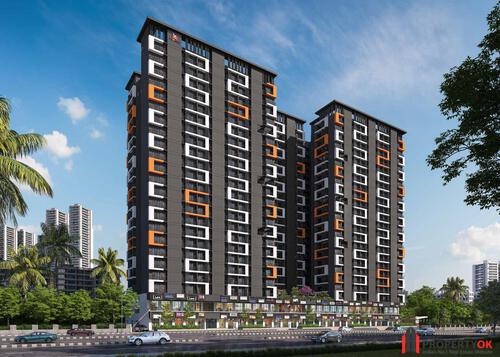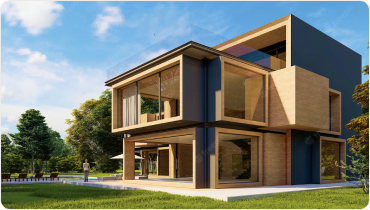Understanding key measurements is paramount in real estate investment. Carpet, built up area, and super areas stand out as essential metrics. These measurements delineate the actual usable space, encompassing everything from individual units to shared amenities within a property. By unravelling the nuances of each measurement, investors gain a comprehensive understanding of a property’s value and utility.
In this blog, we embark on a journey to demystify carpet areas, built-up areas, and super areas, delving into their definitions, differences, and implications for investment decisions. With this knowledge, investors can confidently navigate the real estate landscape, making informed choices that align with their objectives and maximise returns.
Let us help you navigate your perfect property! Reach out to our sales representative:
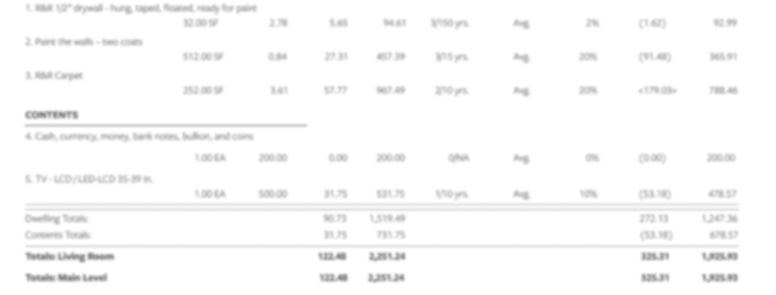
What is a Carpet Area?
Carpet area refers to the actual usable area within the walls of a property where one can lay a carpet. It includes the area occupied by internal walls and partitions. It encompasses the space where residents can freely move and place furniture. For investors, understanding the carpet area is fundamental, as it represents the actual living space available in a property.
What is the Built Up Area?
The built-up area is calculated by adding the carpet area to the area covered by walls and other structural components. It clarifies the total space available within the property, including usable and non-usable areas. Investors often rely on built-up area measurements to assess a property’s value and utility.
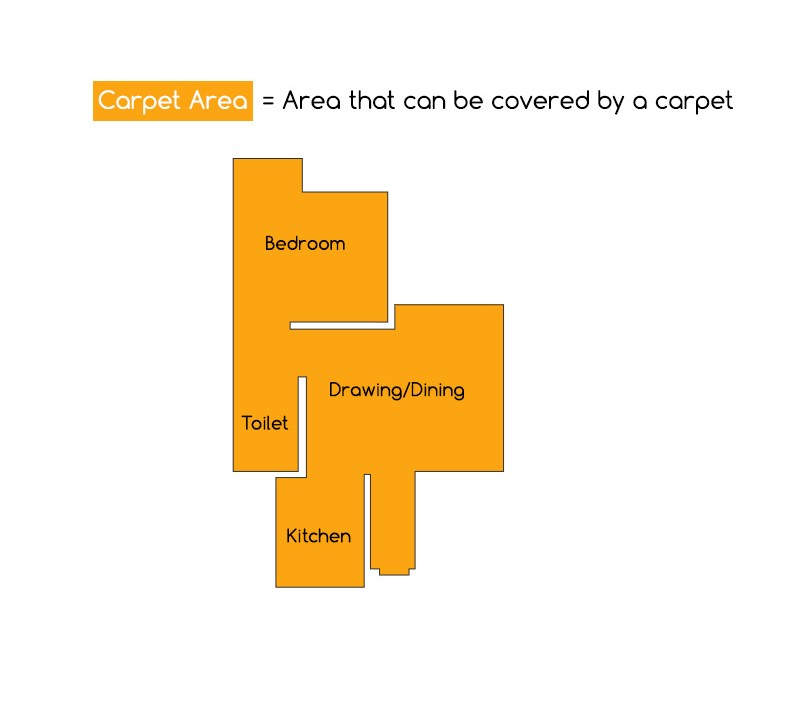
What is a super built up area?
The super built-up area goes further and includes common areas such as lobbies, staircases, elevators, and amenities like swimming pools or gyms. It represents the total area a buyer pays for, including the individual unit and shared spaces. While a super built-up area may seem appealing due to the inclusion of additional amenities, investors should carefully evaluate its significance in the overall cost and utility of the property.
Built Up Area Calculation: A Closer Look
Calculating a property’s built-up area is critical in understanding its total size and value. This process thoroughly examines all enclosed spaces within the property, including rooms, kitchens, bathrooms, and other designated areas. Unlike carpet area, which only accounts for the actual usable space within the walls, the built-up area considers the entire enclosed area, including the space occupied by walls and structural elements.
How to calculate built up area, several factors must be considered:
1. Measurement of Enclosed Spaces: The first step in calculating the built-up area is measuring each room and the designated location within the property. This includes taking precise measurements of the length and width of each space to determine its location in square feet or square meters.
2. Inclusion of Structural Elements: Unlike the carpet area, which only considers the usable space, the built-up area includes the area occupied by walls, columns, and other structural elements. Therefore, when measuring each room, it’s essential to account for the space taken up by these elements.
3. Consideration of Wall Thickness: Walls play a significant role in determining the built-up area, as they contribute to the overall size of each room. The thickness of walls must be factored into the calculations to ensure accuracy. Typically, the thickness of walls is standardised, but variations may occur depending on the construction of the property.
4. Calculation Methodology: Once the measurements of all enclosed spaces and structural elements are obtained, the built-up area is calculated by summing up the areas of each room and designated area within the property. This total area provides a comprehensive understanding of the total space available within the property, including both usable and non-usable areas.
Investors should understand the methodology for calculating built-up areas to make informed investment decisions. Verifying the accuracy of measurements and calculations is essential to avoid discrepancies that could impact the property’s valuation. Working with qualified professionals, such as architects or real estate experts, can help ensure the built-up area is accurately assessed.
Moreover, investors should consider the built-up area’s implications on the property’s overall value. Depending on location, amenities, and market demand, properties with larger built-up areas may command higher prices. By understanding how the built-up area is calculated and its significance in property valuation, investors can make informed decisions that align with their investment objectives and maximise returns in the real estate market.
Read this blog to to know about the importance of Refuge Area in Builing
THE IMPORTANCE OF REFUGE AREA IN BUILDINGS: ENSURING SAFETY FOR ALL
Built Up Area vs. Carpet Area: Unraveling the Differences
Understanding the disparity between built-up and carpet areas is fundamental for investors in comprehending a property’s actual dimensions and utility. Let’s delve deeper into the nuances of each measurement:
1. Built-Up Area
The built-up area represents the total enclosed area within the property, encompassing not only the carpeted spaces but also the area occupied by walls, balconies, ducts, corridors, and other structural elements. It provides a holistic view of the property’s physical extent, including usable and non-usable spaces. Considering all areas within the walls, the built-up area offers investors a comprehensive understanding of the property’s spatial layout and potential utility.
2. Carpet Area
On the other hand, carpet area refers to the usable area within the property where one can lay a carpet. It excludes the area occupied by walls and other structural components, focusing solely on the space that occupants can utilise for living, working, or recreational purposes. The carpet area provides a more streamlined measurement that emphasises the functional aspects of the property, such as room sizes and layout.
3. Significance for Investors
The distinction between built-up areas and carpet areas is crucial for investors as it influences their assessment of a property’s value, potential returns, and suitability for investment. The built-up area offers a more comprehensive understanding of the property’s spatial layout and includes all internal spaces, providing investors with insights into the property’s potential utility and versatility.

Super built up area vs carpet area: Deciphering the Variances
Understanding the disparities between super-built-up areas and carpet areas is essential for investors to gauge the complete value proposition of a property. Let’s explore the intricacies of each measurement:
1. Super Built-Up Area
The super built-up area encompasses individual units’ carpet area, shared spaces, and amenities within a residential or commercial complex. These shared facilities range from lobbies, staircases, corridors, and elevators to recreational amenities like swimming pools, gyms, or clubhouses. The super-built-up area provides investors with a holistic view of the entire space that a buyer pays for, incorporating both the individual unit and the communal areas.
2. Carpet Area
In contrast, carpet area solely focuses on the actual living space within individual units, excluding any shared or common areas. It represents the usable area where inhabitants can place furniture, move freely, and carry out daily activities. The carpet area provides a more straightforward measurement that emphasises the functional aspects of the living space, such as room sizes and layout, without considering communal amenities or shared facilities.
3. Weighing the Advantages and Disadvantages
Investors must carefully evaluate each measurement’s advantages and disadvantages to assess a property’s value proposition. While a super-built-up area offers a more comprehensive perspective by incorporating shared facilities and amenities, it may also inflate the total area and, consequently, the price per square foot. Investors should consider whether adding additional amenities justifies the premium price associated with the super-built-up area and whether these amenities align with their investment goals and target market.

What is rera carpet area?
Implementing the Real Estate (Regulation and Development) Act (RERA) has brought about significant changes in the real estate sector, particularly concerning the measurement and disclosure of carpet area. Here’s an in-depth look at navigating RERA carpet area regulations:
Mandate for Standardized Practices
Under RERA regulations, developers must adhere to standardised practices for measuring carpet area. This mandate aims to ensure consistency and transparency in property transactions, safeguarding the interests of buyers and investors. By establishing uniform guidelines for measuring carpet area, RERA aims to mitigate discrepancies and inaccuracies in area specifications, thereby enhancing trust and confidence in the real estate market.
Assurance of Transparency and Consistency
RERA carpet area regulations provide investors with assurance regarding the accuracy and reliability of area specifications offered by developers. By standardising the measurement process, RERA promotes transparency and consistency, enabling buyers to make well-informed decisions based on reliable information. This transparency is essential for investors seeking to assess the value and utility of a property accurately.
Confidence in Area Specifications
Investors can have confidence in the carpet area specifications provided under RERA regulations, knowing that they adhere to standardised practices endorsed by regulatory authorities. This assurance helps mitigate the risks associated with misrepresented property measurements, such as inflated or misleading area figures. Investors can make informed investment decisions with greater certainty and clarity by relying on RERA-compliant carpet area measurements.
Importance of Familiarity with RERA Guidelines
Investors should familiarise themselves with RERA guidelines regarding carpet area measurement to ensure compliance and mitigate risks. By understanding the specific requirements and methodologies outlined in RERA regulations, investors can assess the accuracy of area specifications provided by developers and verify compliance with regulatory standards. Familiarity with RERA guidelines empowers investors to identify discrepancies or deviations from prescribed practices, safeguarding their interests in property transactions.
Mitigating Risks Associated with Misrepresented Measurements
One of the primary objectives of RERA carpet area regulations is to mitigate the risks associated with misrepresented property measurements. By establishing standardised practices and mandating compliance, RERA seeks to address concerns regarding inflated or inaccurate area specifications provided by developers. Investors can leverage RERA regulations to safeguard against misleading information and ensure transparency and fairness in property transactions.
Explore this blog to know 5 type of building you should avoid at all costs
THE 5 TYPES OF BUILDINGS YOU SHOULD AVOID AT ALL COSTS
Conclusion: Making Informed Investment Decisions
Understanding the nuances of carpet area, built-up area, and super area is indispensable in real estate investments. By discerning the differences between these measurements and their implications for property valuation, investors can make informed decisions that align with their investment objectives.
Whether considering the practicality of living spaces or evaluating the value proposition of amenities, a thorough understanding of these concepts empowers investors to navigate the real estate market confidently and clearly.
Frequently Asked Questions And Answers
1. How can investors verify the accuracy of carpet area measurements in a property?
Investors can verify the accuracy of carpet area measurements by examining documentation provided by developers, including floor plans and area statements. They can also consult qualified professionals, such as architects or real estate experts, to assess the property’s measurements and ensure compliance with regulatory standards.
2. What factors should investors consider when evaluating the significance of carpet area, built-up area, and super built-up area in a property?
Investors should consider factors such as the property’s location, amenities, market demand, and pricing trends when evaluating the significance of carpet area, built-up area, and super built-up area. They should also assess their investment objectives and target market to determine the most relevant metrics for their investment decisions.
3. How does including common areas and amenities in super built-up areas impact property pricing?
Including common areas and amenities in the super-built-up areas can influence property pricing. Properties with more significant super built-up regions, offering a wide range of amenities and communal spaces, may command higher prices due to perceived value and enhanced lifestyle offerings. However, investors should carefully assess whether the premium price aligns with their investment goals and market expectations.
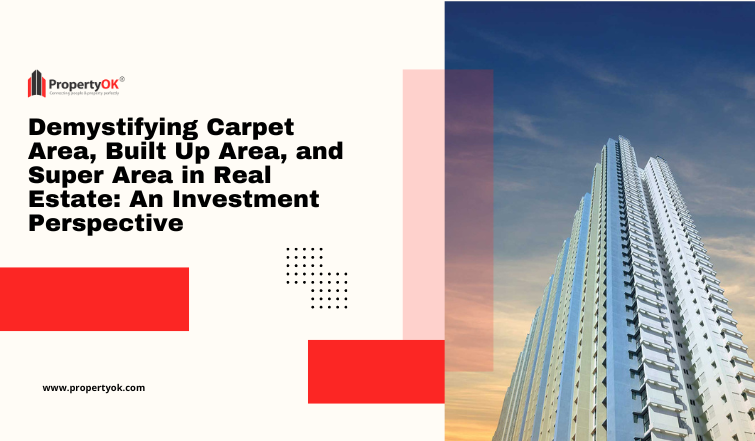
 Thank You
Thank You



